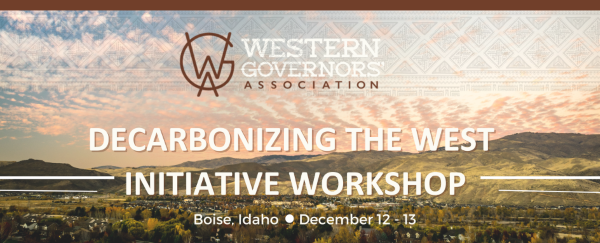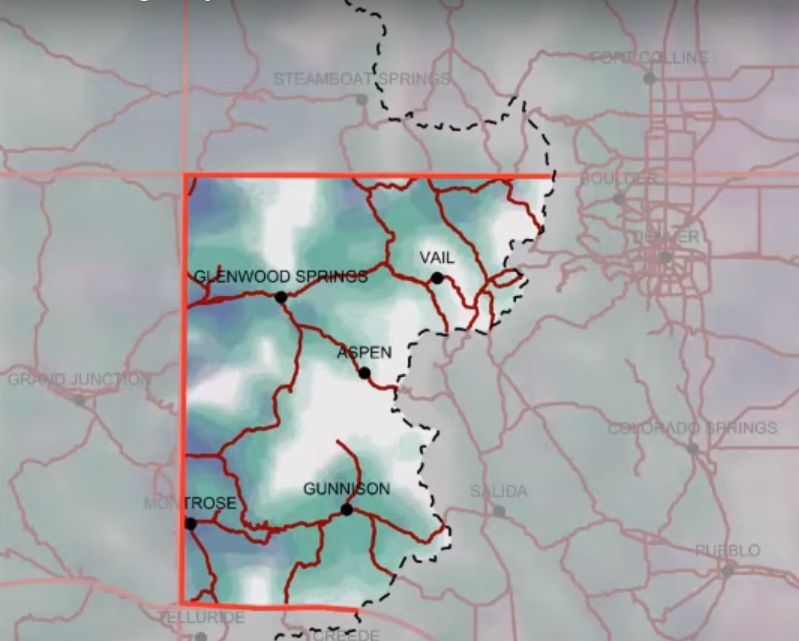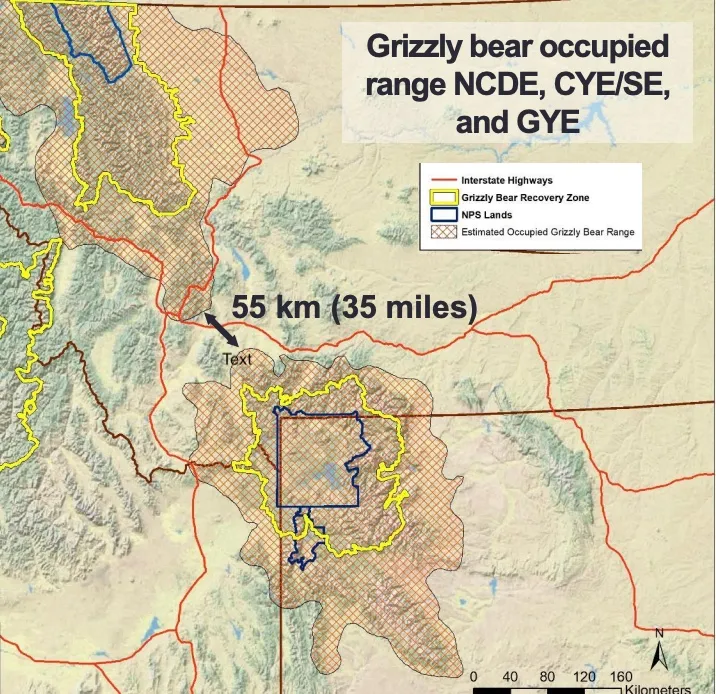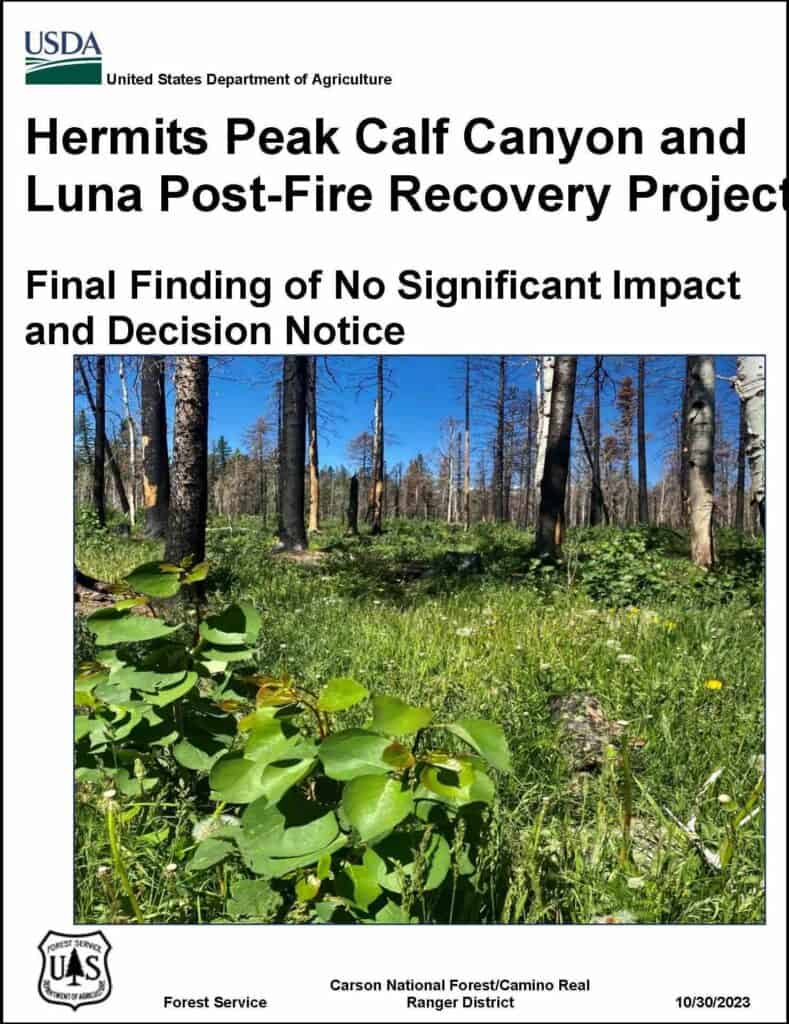There is a great story in E&E News about NACs or “natural asset companies.”
Investors could soon buy into companies trading on the New York Stock Exchange with a unique dual purpose: protect nature — including on public lands — and make money.
The Securities and Exchange Commission is currently weighing whether to clear the way for the NYSE to offer a new kind of investment known as “natural asset companies,” or NACs.
The idea proposed by the NYSE is to list companies with missions to improve ecosystems through management, maintenance, or restoration of public or privately-owned lands — and then put a dollar figure on the resulting benefits, like clean air or wildlife habitat.
The proposal so far hasn’t gotten much attention, but caught the notice of conservative lawmakers and property rights advocates. They’ve warned the companies could open a backdoor into strict management restrictions for public lands and waters — as well as foreign investment on federal lands — while raising questions about whether the investments are even viable.But the financial services firm Intrinsic Exchange Group, which launched the idea two years ago and has drawn support from the NYSE and groups like the Rockefeller Foundation, says it would give investors interested in preserving nature a place to put their money.
“We were looking for a private-sector approach that wasn’t dependent on policy, it wasn’t dependent on traditional taxes, regulation or philanthropy to price in these assets and give investors the opportunity to invest directly in nature, whether that’s for climate or biodiversity,” said IEG Chair Douglas Eger.
I’m neither conservative nor a lawmaker, but I’m skeptical, at least based on this story.
Now I am way above my pay grade with talks of the SEC, but as I said with cap’n’trade, the financial sector does so well policing itself (think 2008, mortgage crisis) we should definitely reward them by handing over … the environment(!)… not.
I think there is a private sector approach to preserving nature.. it’s called “buying land.” Conceivably, people could get together, form a company to “buy land”, and take advantage of all the USDA and private programs (such as PERC talks about) to pay owners for preservation. Seemingly if you were a supporter of this idea, like say, the Rockefeller Foundation (with assets of $7,117,904,789, you could actually buy quite a chunk!).
On the other hand, I looked at the company proposing this and their supporters
And many of them are in other countries. So maybe those countries have rules about foreigners buying land?
It seems to me that there are three different things that are not clearly delineated:
1. What they want to do in other countries
2. Willing buyer and seller of whatever (I don’t have a problem with that).
3. Selling contracts for certain kinds of management on public lands.
Eger compared their approach to improvements on public lands to a mining claim or a timber lease, or utilizing air rights on private lands.
Eek !Let’s not go back to 1872.. and public (federal) lands don’t actually have “timber leases.” When I think of these, mining claims tend to be limited in time and space; mine themselves are subject to NEPA and public comment (and, dare I say, litigation). Timber sales (and stewardship contracts) are made to carry out decisions agencies made with public involvement.
Instead of a lease to extract ore
There are actually two bills in Congress about redoing the 1872 Mining Act right now..claims are not “leases.”
or cut down trees,
Again, timber sales on federal land are not “leases” they are for specific actions for a specific period of time.
however, NACs would ink agreements granting them “ecological performance rights.” Where a successful mining claim is intended to result in the collection of ore, the value of the ecological rights would be judged on a series of factors, ranging from data on carbon storage and sequestration to more ephemeral qualities like the “sensory benefits” of a nice view.
Critics have targeted the concept as creating companies that would attempt to make money off monetizing aspects of nature that belong to everyone.
“This is creating this whole new category and monetizing things that nobody has a right to own,” said Margaret Byfield, the executive director of the American Stewards of Liberty, a property-rights-focused organization.
This is confusing, because if you were with a “property rights focused” organization, you’d be all for #2 but maybe not for #3.
In order to qualify as a natural asset company, a corporation would need to document how it is improving the lands included in its portfolio.
In broad strokes, a NAC is responsible for the “conservation, restoration, or sustainable management” of those lands, which commit to various goals, such as improving wildlife habitat or ensuring clean air.
But if you include “sustainable management,” what makes them different from BLM or the FS?
Based on these quotes, NYSE and IEG may not be on the same page.. NYSE is a #2 and IEG mentions #3.
“NACs — which have not yet been approved for listing — are a voluntary, free-market decision by a landowner to monetize their assets,” said NYSE spokesperson Lauren Sullivan.
In a document detailing the companies’ structure, IEG notes that lands “can be areas that are publicly owned, such as a national park, or tracts of privately owned property held by individuals or corporations.”
What do elected officials in states with large amounts of public land think about this?
“This rule has wide-ranging implications for the citizens of our states, specifically in our natural resources and agricultural industries,” Govs. Joe Lombardo of Nevada, Greg Gianforte of Montana, Mark Gordon of Wyoming and Brad Little of Idaho wrote in an October letter to the SEC.
The governors also questioned whether the Interior or Agricultural departments had been involved with the proposal. An Interior spokesperson declined to comment, and the USDA did not respond to a request for comment.
*************
Harris said another complication is the environmental statements and audits these companies would be required to produce — a potentially significant expense.
“The innovation here is that these companies are being given a mechanism by which they can credibly show that they’re doing what they say they’re doing,” Harris said. “And to give investors some confidence that they’re not rapaciously destroying the planet or the environment.”
Eger pushed back against that analysis, arguing that NACs will create a return on investment because individuals choose to value the environment, along with sustainable production of timber or agriculture.
I thought folks like SFC and SFI had already figured out what was sustainable; so conceivably companies that are certified are doing that, and people could invest in them directly.
“There’s no reason that we can’t set a price to ecosystem service,” Eger said. “Between a willing buyer and seller, the underlying becomes true. If they think that value is there, then it is there,” he said, comparing the idea to “the price of paintings or gold.”
He added that while some of the lands have an existing “production value,” whether because of agricultural or other uses, investors into NACs are supporting an “existence or appreciation value” of the benefits of those lands, like support for biodiversity or natural beauty.*********
So some people would have the duty of checking on landowners to make sure that they were doing the things they were supposed to be doing, that they wouldn’t otherwise do without the payments. But there are already a variety of agreements for paying people to do what they otherwise wouldn’t want to do. Folks like PERC have examples like paying for elk presence.
Here’s a link to a WSJ op-ed by the treasurer of Utah.
Why would anyone invest in a company that can’t make money? Initial buyers would likely be “impact investors,” committed to sacrificing returns to advance the climate agenda. But it seems clear the goal is to sell NACs to endowments, sovereign wealth funds, pension funds and other investors demanding greater direct and immediate ESG presence in their portfolio. Demand from “values-driven investing” alone could drive up NAC share prices even as the value of the assets they purchase decrease by virtue of the NAC’s ownership of them. More disturbing, reducing U.S. mineral extraction could be intriguing to Chinese, Russian or Saudi sovereign wealth funds.
Environmental offsets in the form of carbon credits or government transfers for “conservation uses” could also generate ostensible revenues.
I’m a bit leery of companies buying these things and then pressuring the government for more subsidies. Right now the subsidies go directly to landowner. Getting more financial and auditing middle-people requiring salaries may not be a terribly efficient way of meeting environmental goals. And how are we doing with carbon credits? It seems like where there is big money, there is also a tendency for questionable auditing.. check out this CAP article on carbon offsets.
Also, TNC already has an investment program which sounds a bit like the same thing, without the trading part. Maybe some of our financially-inclined readers can explain the difference?








